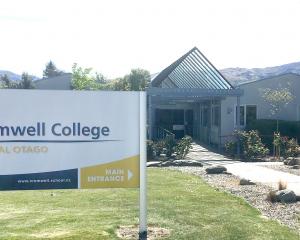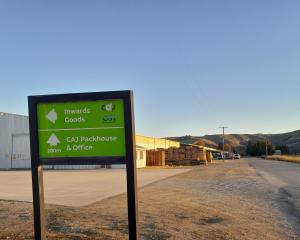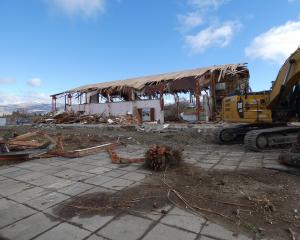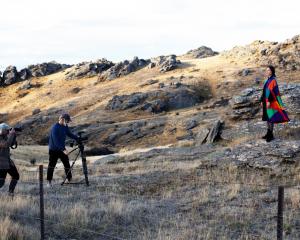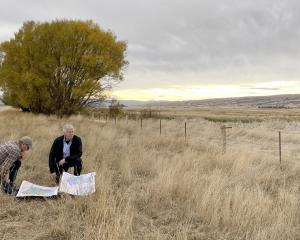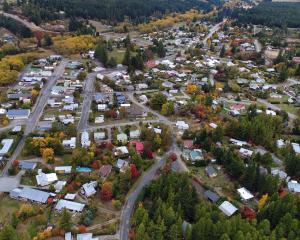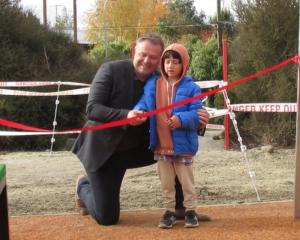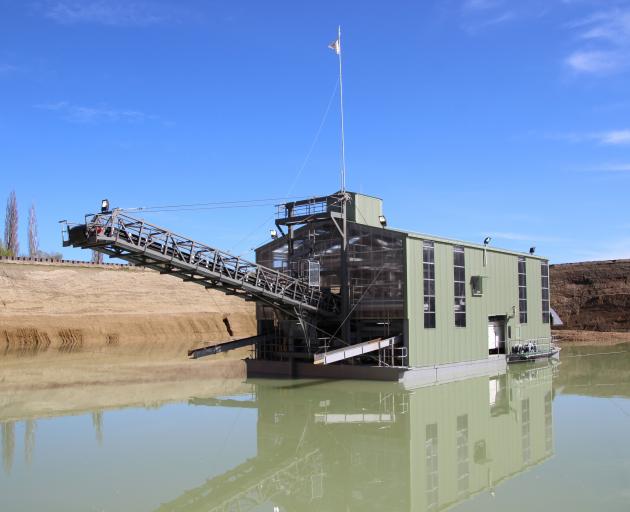
However, resource consents have yet to be gained for the project at Millers Flat.
Hawkeswood Mining managing director Andrew Hawkeswood said he was "over the moon" when told the application for a minerals mining permit from New Zealand Petroleum and Minerals had been successful.
Mr Hawkeswood said the alluvial gold mine, if approved, would be a low-emissions operation, because of a floating dredge and large dump trucks.
Such technology could bring down the operating life of the mine from an estimated 14 years to five.
Hawkeswood Mining acquired the dredge from Waikaia Gold.
It weighed 270 tonnes and took 35 truck-and-trailer loads to get it from Waikaia to Millers Flat.
"Using the floating plant as opposed to land-based plant saves on 80,000 truck movements, reducing the CO2 footprint of gold production," Mr Hawkeswood said.
"It’s the most modern alluvial gold dredge in New Zealand and we are very happy to have it."
The mining firm planned to use 105-tonne dump trucks to move overburden, or surface material, rather than conventional 60-tonne trucks.
The Volvo R100E trucks had "lower noise, lower emissions and have corresponding relatively high fuel efficiency".
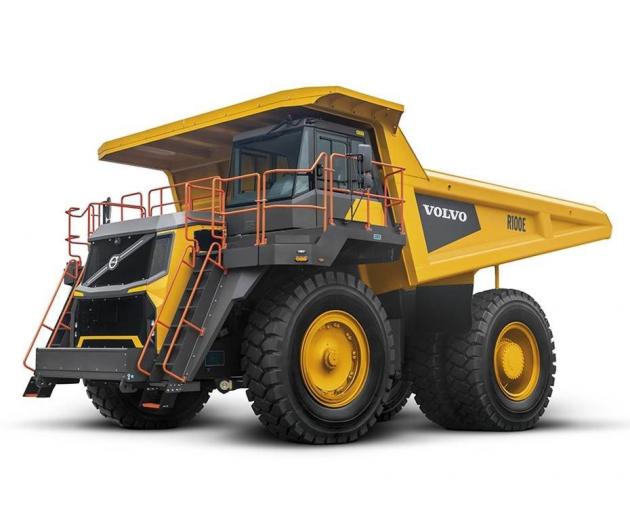
Up to 20 staff would be employed on the project, including machinery operators, mechanics and engineers.
The 70ha site by Teviot Rd is located on gently rolling terrain mostly used for pastoral farming, on a terrace above the Clutha River.
The area of the open mine pit would be up to 4ha at any one time and it would progressively be returned to farmland.
It is expected the Clutha Gold Cycle Trail would at some point need to be temporarily realigned around the mine site.
"We have received a fair bit of interest in the project, so we’re proposing to build a viewing platform for passing cyclists so they can see our operation in action," Mr Hawkeswood said.
Part of the site is a former gravel pit used by the community for green waste.
Mr Hawkeswood said the company had done more than 12 months of hydrology testing.
"Lowering the water table at the proposed mine site has had very little impact on the water tables of neighbouring properties."
The project will need resource consents from both the Central Otago District Council and Otago Regional Council.

